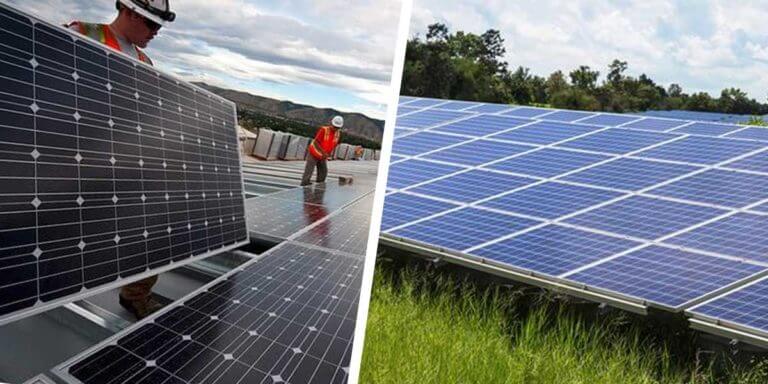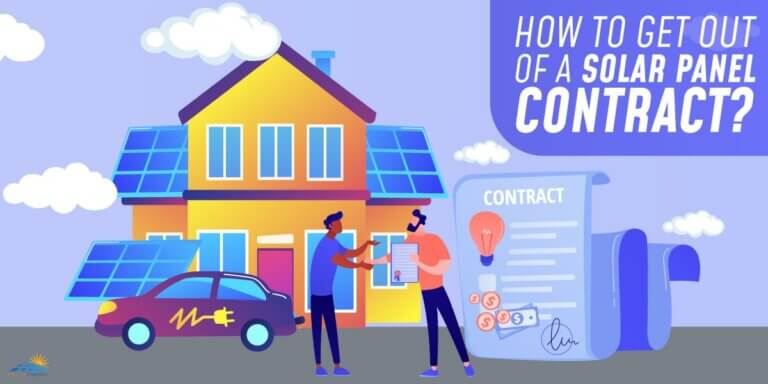Low E Glass – How Does It Boost The Energy Efficiency Of Modern Windows

Ordinary glass may allow 80% of the heat from the outside to the inside. This might be a drawback for business settings with façades comprised of several glass panes since it puts a lot of strain on cooling and heating units. An essential component of sustainable design is energy efficiency.
The modern architecture employs a lot of glass to produce spectacular, awe-inspiring structures that let in a lot of natural light. It substantially raises energy costs, as well as making your interiors unpleasant and reducing productivity.
As a result, there is a specialty energy-efficient glass on the market that is made with the aim of achieving commercial infrastructure with sustainable operating costs.
We will look at many such energy efficient windows in this post and we will see how they’re helping us live safely from those harmful UV rays.
What Is A Low E Window?
Low E stands for “Low Emissivity”; the quantity of radiation emitted or absorbed from a surface is the definition of emissivity. One side of Low E glass has a very thin coating, which is the primary distinction between Low E glass and regular glass. This allows for less heat or cold transfer through the glass.
Consider it an invisible insulating layer for your windows. Low E glass accomplishes the same for glass that insulation does for walls and ceilings in terms of protecting those regions.
In addition to allowing for greater window space and lowering heating and cooling expenses, coated glass aids in ensuring that a room is at a more pleasant temperature.
Benefits of Low E Glass Window
1. Low-E Windows Save Energy
Applying Low E to windows aids in preventing infrared radiation from the outside from reaching the glass. Low E also aids in conserving the energy used for heating and cooling. The bottom line is that they are far more energy-efficient, which will enable you to reduce the price of running your heating and cooling systems as well as yours heating and cooling bills.
2. Low E Windows Block UV Rays that Can Be Destructive
Ultraviolet (UV) light is lessened by these coverings. You’ve undoubtedly felt UV light waves at the beach; they cause clothes to gradually lose color (burning your skin). By blocking UV rays, you can prevent fading and sun damage to your carpets, furniture, draperies, and floors.
3. Low-E Windows Do Not Prevent All Natural Lighting
Infrared and ultraviolet light are indeed blocked by Low E windows, but visible light, another essential part of the solar spectrum, is not. As opposed to a clear glass window, they will inevitably somewhat diminish apparent light.
On the other hand, your room will be illuminated by lots of natural light. Considering that if it didn’t, you could just as easily turn that window into a wall.
Best Windows For Energy Efficiency

1. Solar Screen
This particular glass is oxide-coated, which reduces the amount of heat and glare that enters the inside. It allows plenty of natural light to pass through while reducing sun glare and heat.
During the day, you won’t need as much artificial lighting in your house or place of business because this visible light doesn’t impact the skin abruptly. Hence, it is essential to install solar screen at your home or office, because it helps to protect your interiors and reduce the amount of heat that enters in your room .
Your interiors are shielded from infrared (IR) radiation by solar control glass. When it comes to blocking ultraviolet (UV) radiation, low E glass is more effective. For conservatory roofs, shopping centers, showrooms, glass facades, and educational facilities, Solar Control glass is appropriate.
The energy-efficient glass allows for better use of natural light in these locations, which are often open throughout the day and which can increase productivity.
2. Fixed Windows
Fixed image windows have no functionality. But, in terms of energy efficiency, this is really a positive thing! You never damage the airtight seal of a picture window because you can’t open it. That is a claim that no other window design can make.
Fixed windows are an excellent choice for areas of your house that do not require ventilation. Or in windows that are paired together or in a wall of windows, where the airtight construction can assist prevent draughty sensation from being felt through huge areas of glass.
If you desire to install fixed windows for your home or office, ensure that you hire professionals. Ecoline windows and Doors installation service is one such team that I can recommend. Professionals always have a better idea of the specifics and do the job well leaving little to no space for upkeep efforts.
3. Insulated Windows
For centuries, windows often had just one pane of glass. Then, throughout the 20th century, things novel took place. Manufacturers discovered that adding another pane of glass gives more insulation. Both the U-Factor and Solar Heat Gain Coefficient are reduced in terms of NFRC energy efficiency (SGHC).
Windows that are insulated today include more than simply additional glass panes. Additionally, insulating gas separates each window pane.
Consequently, triple-pane windows really provide five layers of insulation in total, four more than single-pane windows and two more than dual-pane windows, allowing you to get even more energy efficiency out of your windows.
4. Low E Windows
Particularly when placed directly under the sun glare, low E glass has a tendency to retain more heat within, which might result in overheating. For glass façades that are exposed to direct sunlight for an extended period of time, adopting low E glass or solar control glass alone may not be sufficient.
But in these situations, solar control-low E glass is the ideal choice since it will block solar radiation and offer the ideal level of thermal insulation without overheating or under cooling the interiors. For instance, the Burj Khalifa in Dubai contains a great deal of glass that is exposed to sun glare every day.
To reduce the building’s air conditioning costs, solar control-low E glass has been employed on the façade. If you want high-performance, energy-efficient glass, use sun control-low E glass. Compared to the other two alternatives, installing this type of glass is more expensive, but over time, the savings on your energy bills more than makeup for the extra expense.
5. Tinted Window
Similar to the laminate film that may be used to tint a car or a pair of spectacles, window tinting can be put into the windows of your house. It lowers the temperature, reduces glare from the sun, and minimizes sun fade on furniture by preventing UV rays from entering the inside.
Tinted screens are an excellent option to improve the look of your house while also increasing your viewing experience, unlike the solar screens those make your house look ugly from outside.
Window tints are typically made from polyester and other colorful, metal-coated materials. There are many different colors of tints, providing you with additional alternatives for your home design.
If you’ve ever been in a mall lobby or come across an office with tinted glass doors, you may be aware that it reduces the light that comes inside.
Conclusion
Sustainability is the biggest thing right now for common people, nations and world leaders. Energy efficiency is a very crucial part of sustainability and the need for energy is a primary reason for climate change and pollution.
Glass is a common material used in buildings but it traps a lot of heat. You might cool it off using air conditioners at your house but when it comes to large buildings, the amount of cooling can raise the bills. Low E glasses are an immense help here. I hope this article answers a lot of questions about Low-E glasses and how they can improve your energy efficiency.






